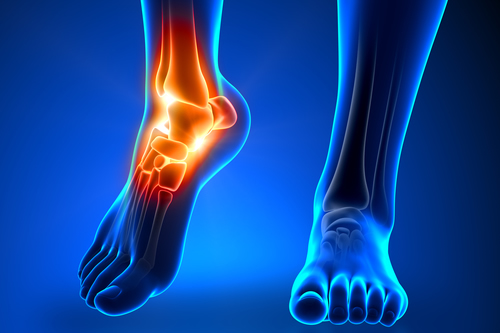In a study published in Scientific Reports, researchers from Lund University and other associated medical facilities demonstrated the feasibility of using x-rays to enable 3D imaging of nerves at high resolution, while covering a relatively large tissue volume. The technology offered researchers a glimpse of subcomponents of human peripheral nerves in biopsies from adults with and without diabetes.
A Q&A was done with Dr. Lars B. Dahlin, a professor and senior consultant in hand surgery in the department of translational medicine at Lund University and Skåne University Hospital in Malmö, Sweden. Dr. Dahlin’s previously worked on a study that produced biopsies of nerves of diabetic carpal tunnel patients using 3D imaging to identify regenerative nerve clusters. The team is hoping the continued research could lead to a better understanding as to why diabetic neuropathy happens.
“Neuropathy, for several reasons, more frequently affects the lower extremities, and complications, such as a nerve compression syndrome, cause disability,” said Dr. Dahlin. “The most common nerve compression syndrome is carpal tunnel syndrome — compression of the median nerve at wrist level. As part of a previous prospective study that evaluated the outcome of surgical release of the median nerve, we also took a nerve biopsy from an uncompressed nerve at the same level as the median nerve, the terminal branch of the posterior interosseous nerve. We examined these nerve biopsies with conventional morphological techniques, only allowing two-dimensional imaging, but then I realized that we could use the synchrotron light technique to get 3D images of the nerve.”
Dahlin and his team decided to use the same participants that they used in their carpal tunnel study in order to compare the findings to what they found in the foot.
“We decided to look at nerves from healthy adults and from individuals with type 1 and type 2 diabetes, who were also included in the above mentioned prospective clinical study focusing on surgical treatment of carpal tunnel syndrome. Our primary intention was to look at the blood vessels in the nerve. However, due to extreme contrast from the nerve fibers, we noticed that we could get an amazing view of the nerve fibers in 3D — particularly, the small nerve fibers that had degenerated due to the neuropathy, but then tried to regrow. These are known as regenerative clusters.”
The process is the first time researchers have been able to compare the regenerative clusters of a patient with type 1 diabetes to the normal nerve fibers of a healthy individual. Dr. Dahlin and his team are hoping that they can get a better understanding as to why nerve fibers degenerate in individuals with type 1 or type 2 diabetes. The team is now working on a larger, follow-up study where they hope to be able to further identify more nerve fibers. The latest study will investigate how the thickness of the nerve fiber varies, as well as the extent to which regenerative clusters occur.
Source: Healio.com

